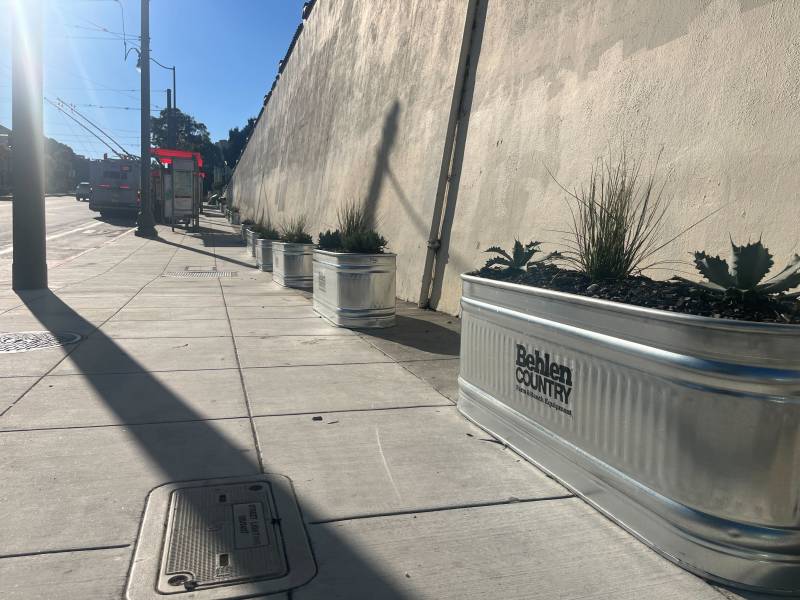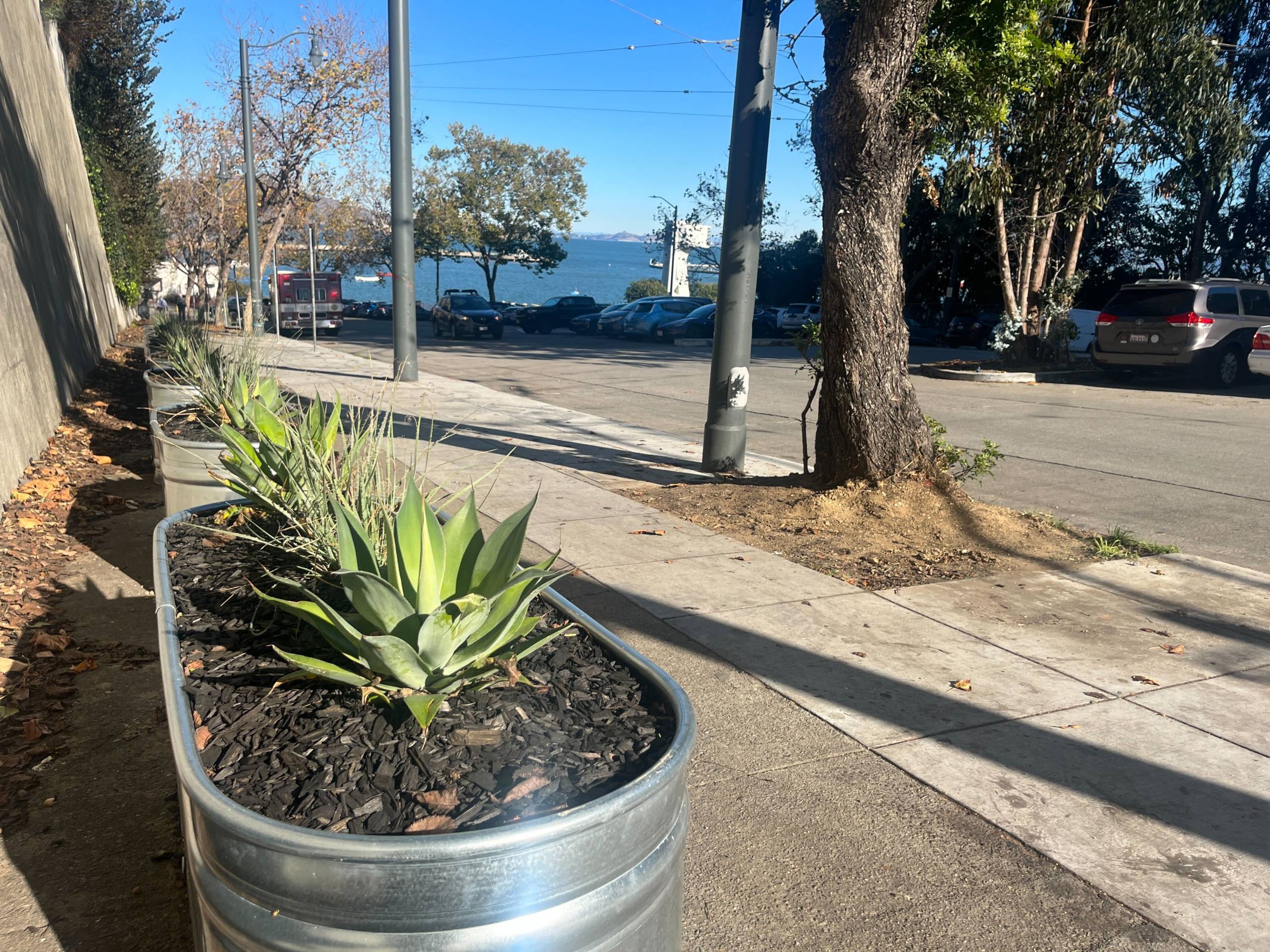Dominica Donovan, Supervisor Stefani’s chief of staff, wrote back to enlist the help of a member of the Department of Public Works. “Great news regarding the planters, they will really brighten up the area. I am including Ian Schneider from DPW on this thread as he has been very helpful in coordinating street cleaning… Can PW help coordinate street cleaning before the planters are installed?”
Schneider responded, “Do you have a target date for installation? … Generally, folks are allowed to return to a sidewalk location after cleaning, so we’ll want to schedule this within a tight window.”
According to Shroff, this move isn’t the first time he has suspected the city of violating the injunction, adding that it is “consistent with the very cavalier attitude we’ve seen from the city with regard to this injunction.”
Shroff said he’s currently awaiting a response from the court on a motion meant to push the city to train local officials more thoroughly to abide by the injunction.
In an August court hearing, a judge criticized DPW for blatantly violating parts of the injunction, specifically related to throwing away the belongings of unhoused people instead of storing them for the owners to pick up later.
“The spirit of this lawsuit is to try to decrease the number of people who are out on the streets,” said Jennifer Friedenbach, executive director for the Coalition on Homelessness. “And address homeless people’s concerns about being out there and also address housed people’s concerns about having people being forced to sleep on the streets.”
The Department of Public Works declined to comment and directed inquiries to the City Attorney’s Office, citing the ongoing lawsuit. Jen Kwart, a spokesperson for the City Attorney’s Office, said in a written statement that the city is complying with the court order.
Supervisor Stefani said in a written statement, “I will not be deterred from continuing to advocate for residents and workers who seek safer, cleaner, and more beautiful communities.”
“It’s especially absurd considering how much money and how many resources are being spent on creative ways to push homeless people from one neighborhood to another, at the cost of the taxpayer in many cases, instead of just paying to house people,” said Hazel Williams, the homeless rights advocate who filed the initial public records request.
Though these emails may be the most clear-cut example of city officials and residents working together to move unhoused people and install planters meant to stop them from returning, it isn’t the first such case.
In one email, Casares, the resident driving the effort to install the planters along Van Ness, said, “We spoke with some of the neighbors on Harrison Street who mentioned they coordinated with SFPD and DPW to clean sidewalks before installing planters the same day.”
The residents who organized that effort earlier this year created a GoFundMe page, where they said Supervisor Hillary Ronen suggested installing planters.
An email about the Harrison Street effort sent to a group of Mission residents and shared with KQED also includes the claim that DPW, the police department, and the city’s Healthy Streets Operation Center planned to clear encampments on the street to make way for the planter installation.
In the end, the group installed 33 planters. At $650 a piece, the number cited in the GoFundMe, the project cost more than $21,000. If the residents near Van Ness paid the same price for the more than 50 planters they installed, that project would cost more than $30,000.
Ronen’s office did not return a request for comment at the time of publication.
Supervisor Rafael Mandelman has also expressed support for the planters in the past. In September, he held a public event to celebrate the installation of planters outside of a Castro Walgreens.
“In my view, there’s certainly a failure here on the city’s part,” said Mandelman in an interview with KQED. “The city should not be having people needing to find shelter in public spaces, we ought to have shelter for any unhoused person willing to accept it, and we ought not to be expecting neighbors to try to figure out a response to folks camping in front of their neighborhoods or in front of their business.”
Mandelman added that it’s reasonable for the city to help residents beautify public spaces. However, critics like Williams, the homeless rights advocate, say many of these planters are not filled with beautiful plants but are instead filled with cement, rocks or a couple of small succulents that do nothing to beautify neighborhoods and are explicitly meant to deter unhoused people.

